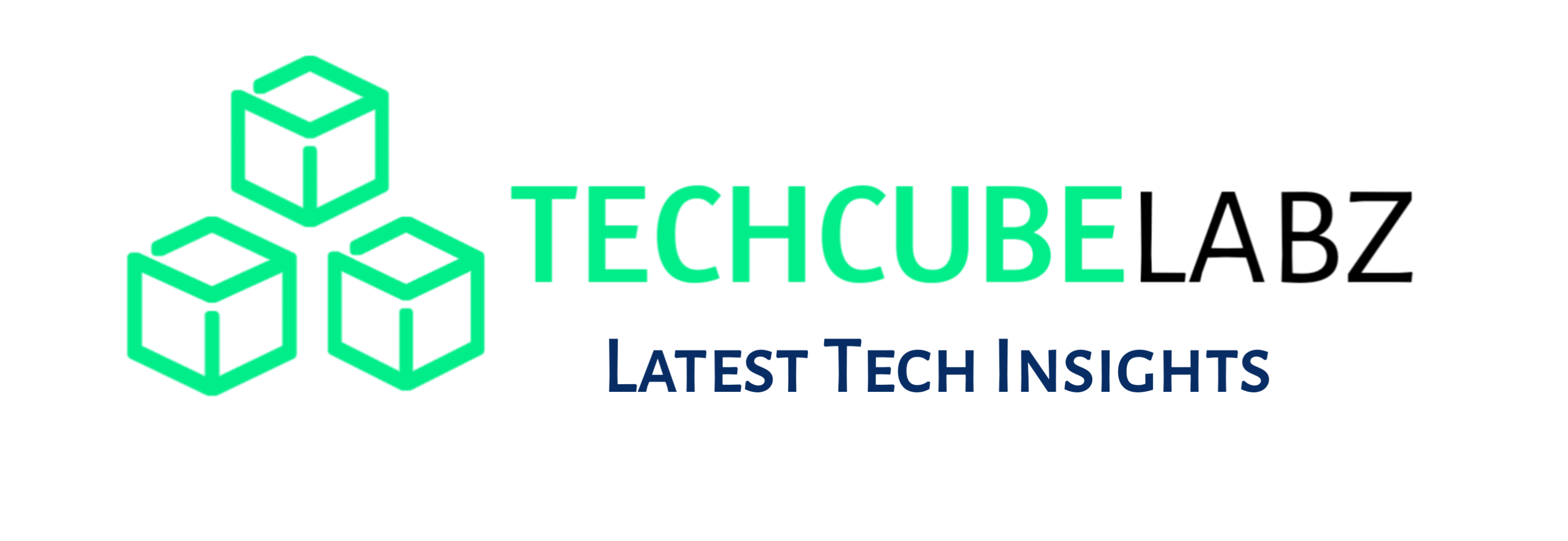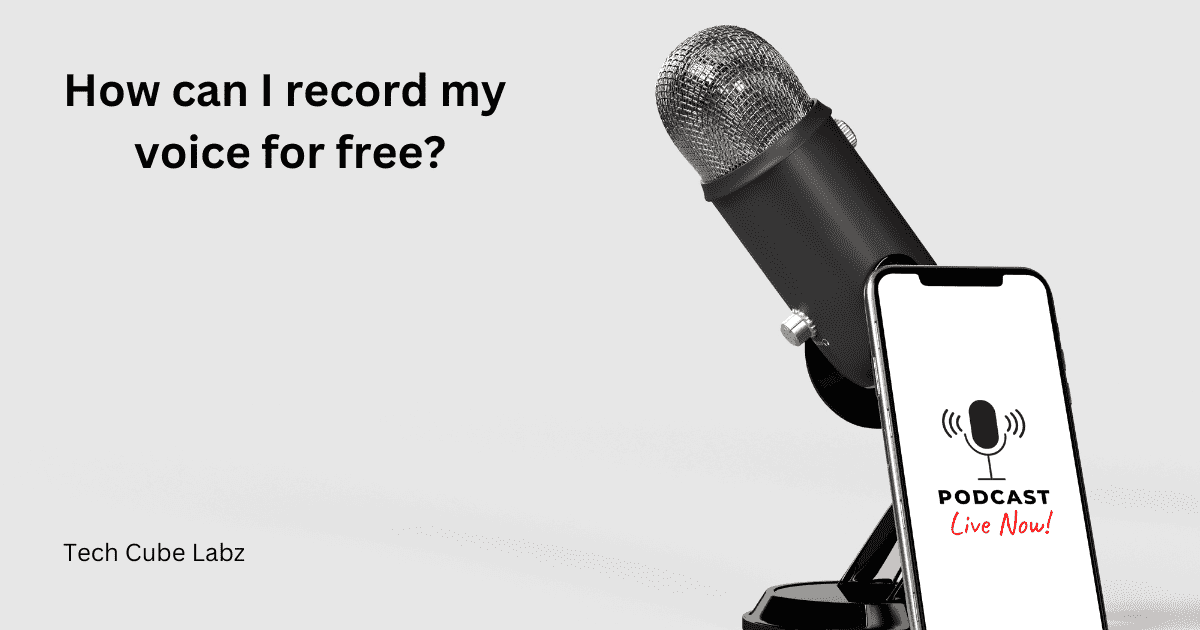
How can I record my voice for free?: Reverb Record, a free voice recorder online, allows you to record and send your voice instantly to anyone anywhere.
Record your voice, and then share it with a link. The voice is saved until it’s deleted, and no registration is required. All of it is online and web-based. Downloading isn’t necessary.
Create an optional Account to manage and save recordings.
You can delete recordings at any time (once they’re deleted, they’re gone for good), reassign recordings and return to recordings that you might have lost links to. Every day, new free features are added.
Reverb recordings can be embedded anywhere. Click the “Embed button,” and your recording will appear in a player within your blog, your website and more.
Reverb Record allows you to tweet out a direct recording link, and your voice will be automatically embedded into Twitter. Voice tweets are simple and instantaneous with Reverb Record.
You can give your recording a title so that people will click on it! This title will appear in the embed code, on the recording page or in messenger previews. Your recording can be left untitled to keep it mysterious.
Anonymous voice recordings allow you to share your identity or not.
Reverb Record can be completely anonymous if that’s what you want. You can be whoever you want to be and say whatever you want since there is no verification.
Your recordings are private and anonymous, even if you have an account. You can choose to keep your identity private.
7 powerful recording software to record your voice
- Audacity
- Adobe Audition
- GarageBand
- Reaper
- Pro Tools
- FL Studio
- Ableton Live
1. Audacity
Audio editing is a growing trend. The podcast has become a popular trend. Musicians use free software for studio-quality productions, wherever they may be.
With audiences consuming ever more content, professional studio-quality sound is not just a nice to have but a necessity.
Audacity is a free audio editor that allows you to edit your recordings. Audacity, an open-source audio editor that is free, has been around for two decades. It’s a great tool for anyone looking to compete with paid tools such as Adobe Audition.
Audacity’s 3.2 update addresses some key areas like non-destructive editing, new effects and the adoption of VST3 capabilities to make plugins more flexible.
It also introduces a new publishing platform, audio.com. This is accessible directly from the software.
A ‘free’ price tag should be compared to the amount of time required to learn the software. New users today may want something more intuitive from the start.
For those who are serious about editing, this would be a good place to start. [How can I record my voice for free?]
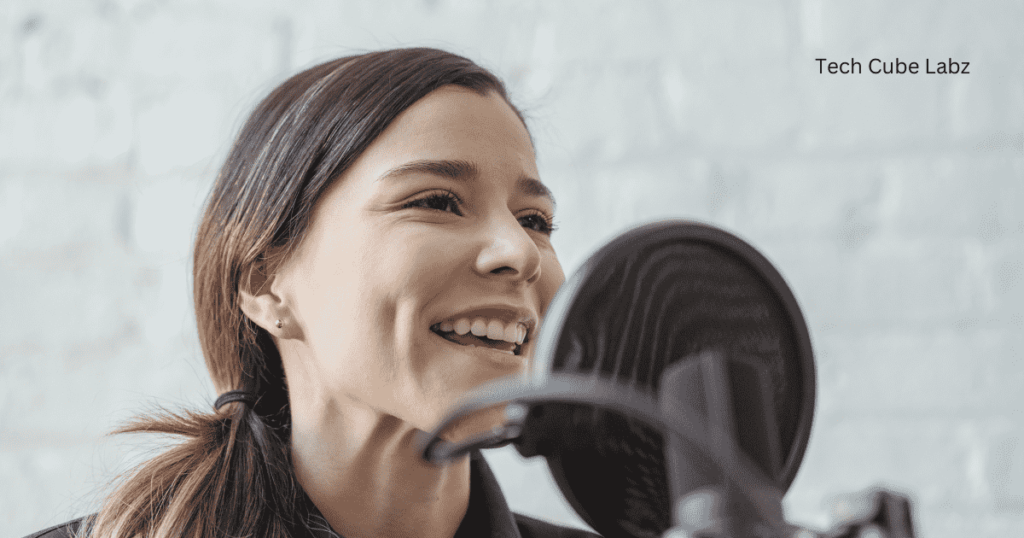
2. Adobe Audition
Audition can be purchased on a monthly, annual or annual subscription basis, just like the majority of Adobe products. Prices start at $21/PS20 per month for the standalone app.
It’s worth considering the Adobe Creative Cloud All Apps if you are a professional. This subscription starts at $55/PS52 per month. It includes a host of premium tools, including Premiere Pro, Photoshop and 100GB of cloud storage.
If you want to know if you are getting value for your money, it will depend on the way you use Audition every day (or whether you want to go deep into Adobe’s ecosystem).
Adobe offers educational discounts on all of its programs. With a login/password, you can also try out all Adobe Creative Cloud applications for seven days for free.
It would help if you had a large screen in order to get the most out of Audition. Use a large screen, such as a 17″ or a four-screen professional suite.
If you have the option, pair it with a computer for music production or a Laptop. It’s easy to navigate Audition, but there are a lot more windows that you can customize. [How can I record my voice for free?]
Read Also: What do most YouTubers use to edit their videos?
3. GarageBand
GarageBand is Apple’s stripped-down version of the pro-level editor. It is a music-making program that has a very simple interface.
It allows you to create sounds from the design of a song through recording, editing and mixing. You can also export files to Soundcloud and iTunes.
The latest version, v10.4.7, adds over 480 Apple Loops new music samples as well as fixing bugs and improving stability.
GarageBand’s simplicity may lead to some additional financial expenditures for plugins with more features and tools.
Logic has some key features that GarageBand does not have. However, GarageBand needs them because of its incredible capabilities and size. It could use a mixer to handle the 255 tracks per song.
GarageBand has a number of plugins available for free. You’ll want to go to the settings menu and make sure that ‘Open plugins in Control view by default’ has been turned off.
This will allow you to see the actual plugin on the screen, rather than the dry box that is harder to use. [How can I record my voice for free?]
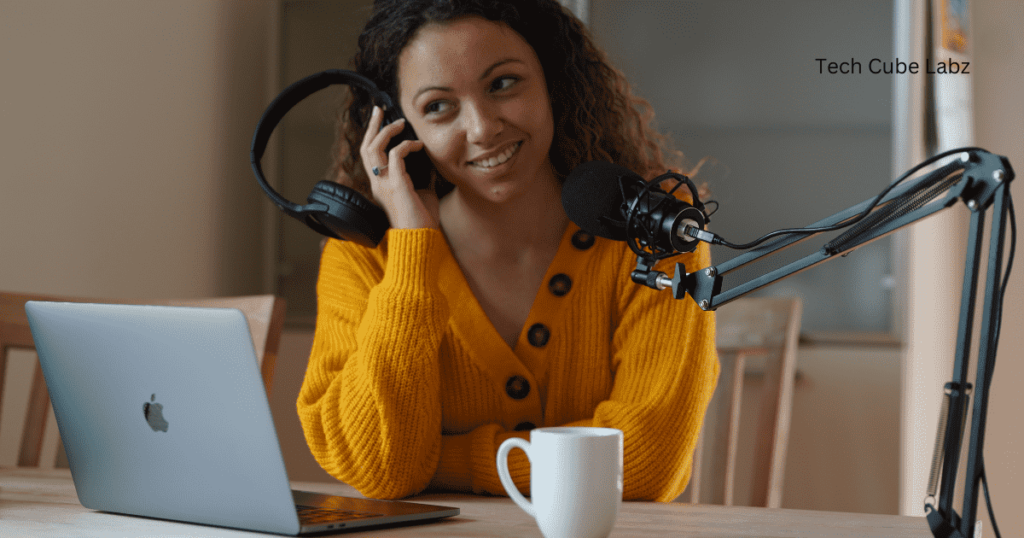
4. Reaper
Jake Duffie from The Underground Alliance is here to give my opinion on the rapidly popularising recording software REAPER.
Justin Frankel is the designer behind REAPER. He is most famous for creating WinAmp, which was released in 1997 and is still used today.
Reaper has been my primary DAW for about 3 years. Will Cockos be able to compete with Pro Tools, Logic and Cubase, or will it just fade away? Let’s see!
The 60-dollar discounted license is a bargain when compared to the standard 300-500-dollar price for similar software. Discounted licenses are available for individual or business users as long as the yearly gross revenues do not exceed USD 20,000.
They can also be used by educational or nonprofit organizations. My judge would say that this is pretty much everyone. REAPER’s price is more than fair, as the 60-day trial version is fully unrestricted. The full commercial license costs USD 225. [How can I record my voice for free?]
Read Also: What software do most graphic designers use?
5. Pro Tools
Since the beginning of our collective memory, Avid Pro Tools has been considered to be one of the best audio editors available for professionals.
In 2022, Avid revamped their Pro Tools offering in an effort to reach a wider audience, including beginners and experts.
The first was a series of name changes. Pro Tools was renamed Pro Tools Studio and added a subscription option to the lifetime licence. Ultimate is split into two versions – Ultimate features a perpetual license, while Flex is the subscription version.
The lowest-priced subscription, Pro Tools Artist, costs $19.99 per year or $99 for the entire year. This gives you access to Avid’s ‘Inner Circle Rewards.’
Celemony Melodyne 5 Essential is now included in the Artist level. There are also more than 100 plugins and a variety of SFX and music samples – 32 audio tracks and 32 instrument tracks.
There are 16 simultaneous recording tracks and one master track. No Dolby Atmos, advanced automation, or video track. [How can I record my voice for free?]
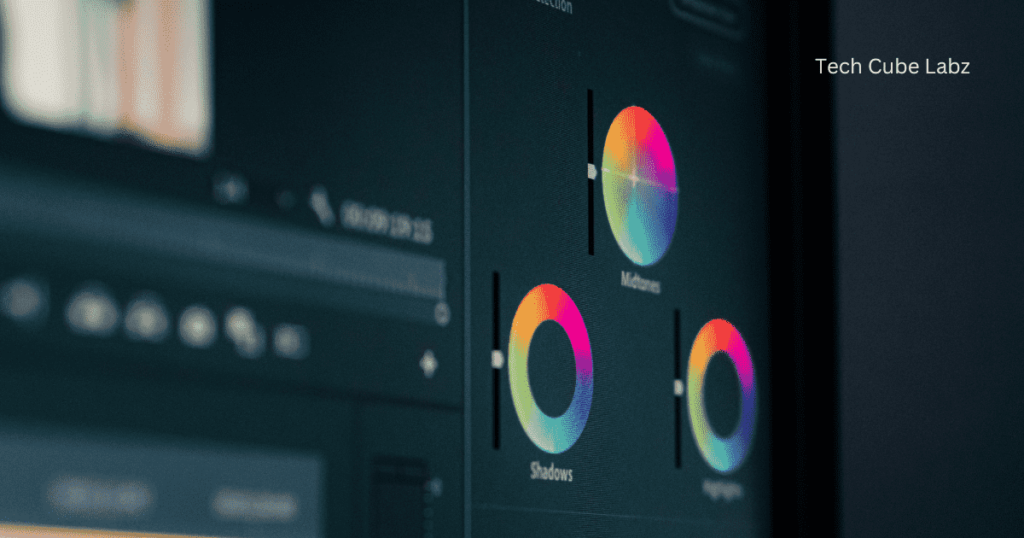
6. FL Studio
FL Studio by Image-Line, previously known as FruityLoops, is a powerful DAW. It’s clearly geared towards electronic music production in the box rather than recording live musicians on acoustic guitars.
However, it can be used to record or create any audio project. You’ll be surprised at the progress FL Studio has made.
If you remember FL Studio from its early days, when the audio editor app was more similar to an Amiga tracker of the 1980s than a modern DAW, prepare to be impressed.
It is still more suited to those who enjoy step-sequencers and pattern-based playbacks than those looking for a linear multitrack recording. Editors’ Choice Winners for recording, mixing and production are Logic Pro and Avid ProTools.
FL Studio comes in four different versions. Fruity Edition ($99), which is almost exclusively for in-the-box music production, now allows up to 8 audio clips that have been chopped and edited.
The software includes a good selection of effect and synth plugins as well as automation, the step sequencer and the event editor.
The Producer Edition ($199), which adds the ability for users to record audio clips with microphones, edit them, or pitch them, and some new instruments like Sytrus, will be discussed later.
The new version 21 of Producer Edition lets you split stems by vocals, music and bass with just a click. [How can I record my voice for free?]
7. Ableton Live
Ableton Live 11 is a powerful program that builds on its two-decade reputation. The latest version is one of the most powerful audio editors, and also one of the top Adobe Audition alternatives.
Comping, linked tracks, and Follow Actions are some of the features that will round out your skill set. Users can take advantage of features such as Hybrid Reverbs, Spectral Time, Warping, and MPE Support.
Tempo Following is a feature that can be used within the DAW or to change tempo with external rhythms. Start your PC audio or computer for music production. We’ll see what Ableton Live has to offer today’s audio professionals.
Ableton provides free licenses to young students in schools. They can also receive discounts on Push, Ableton’s fully integrated, programmable hardware. Organizations that have a low budget or none at all for instruments are also eligible to apply for free units of Push.
Global Launch Quantisation is the driving force behind Ableton Live 11. It may take some time to get used to this if you are not familiar with working with loops.
However, it is a logical way to work. It’s as simple as that. The count will always return to the start of a bar before your selection starts to play on beat one.
This approach makes the most sense, even if you’ve never worked with a linear DAW. It’s best to be able to count up to four. If you don’t, Live will do this for you. [How can I record my voice for free?]
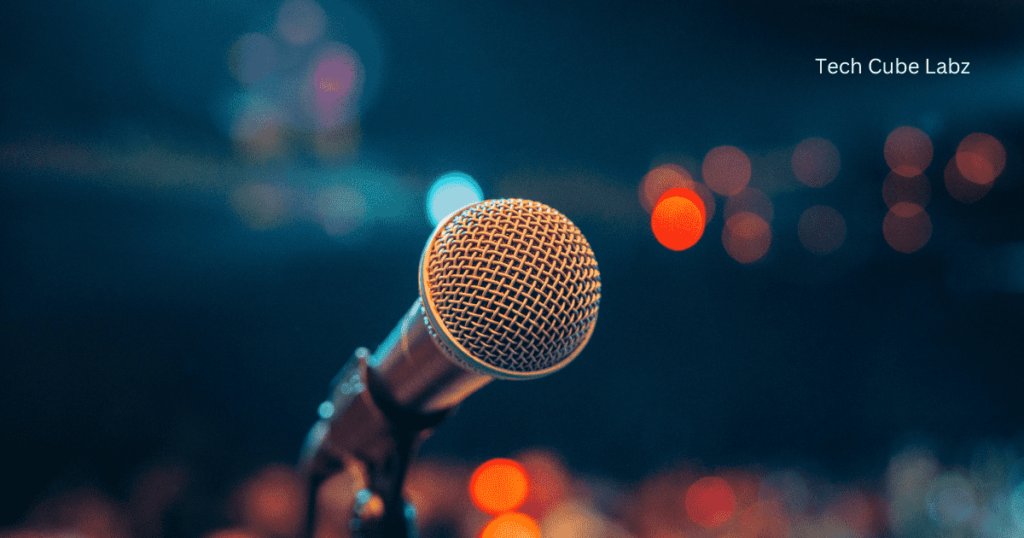
Conclusion:
Your specific needs, your budget and your technical knowledge will determine which voice recording software you choose. GarageBand and Audacity are great options for beginners or budget-conscious users.
Professionals who are looking for more advanced features might prefer Adobe Audition ProTools or Logic Pro X. Tools like Hindenburg Journalism, and Zencastr are tailored for podcasters.
The best software will be the one that suits your workflow and project needs. [How can I record my voice for free?]
How can I record my voice for free?: FAQ
1. Do all phones have voice recorders?
Ans: The voice recorder is built into some Android phones and iPhones. You can find a number of other recorder apps by searching the App Store on Apple or Google Play.
2. Can I record a live conversation?
Ans: ” In general, it is legal to record conversations where all parties consent,”
3. Is there any device to record voice?
Ans: You can purchase Voice recorders from your favorite online shopping site. Brands like Eye Vision, Kushagra and Hnsat offer a variety of recorders for different purposes.
